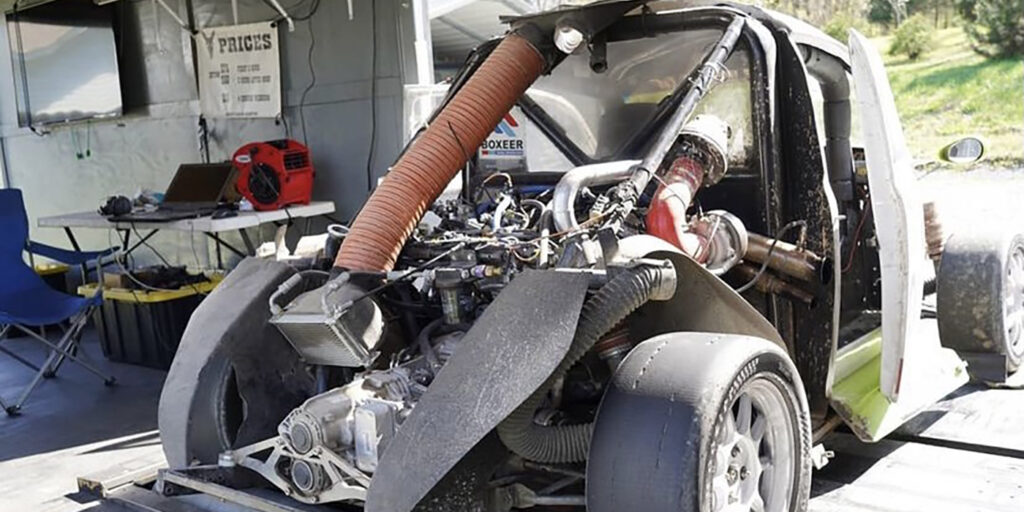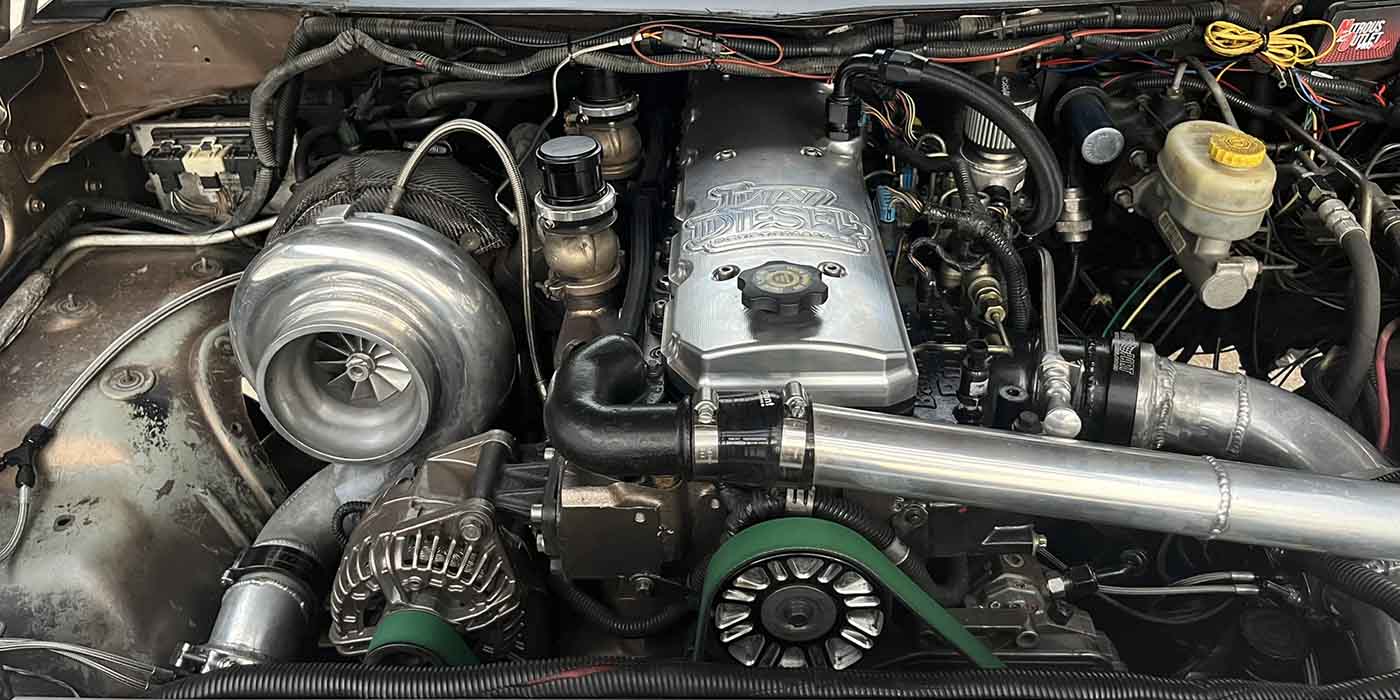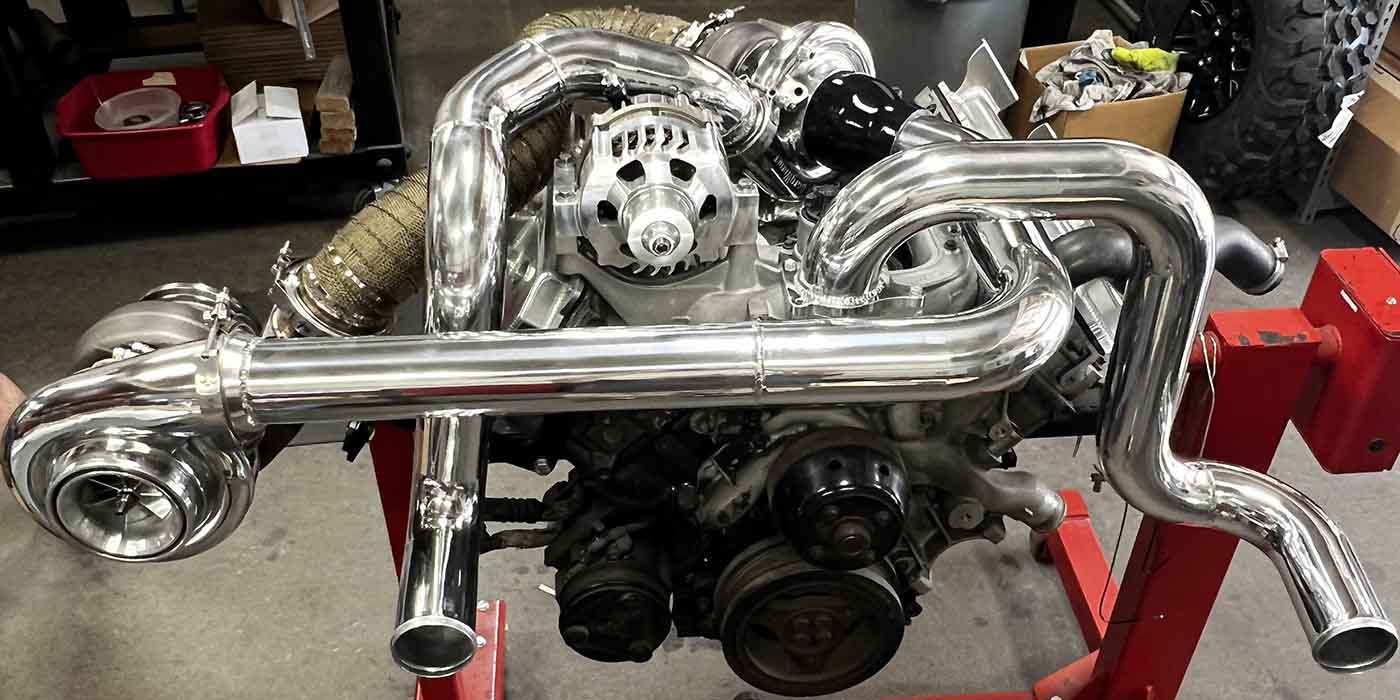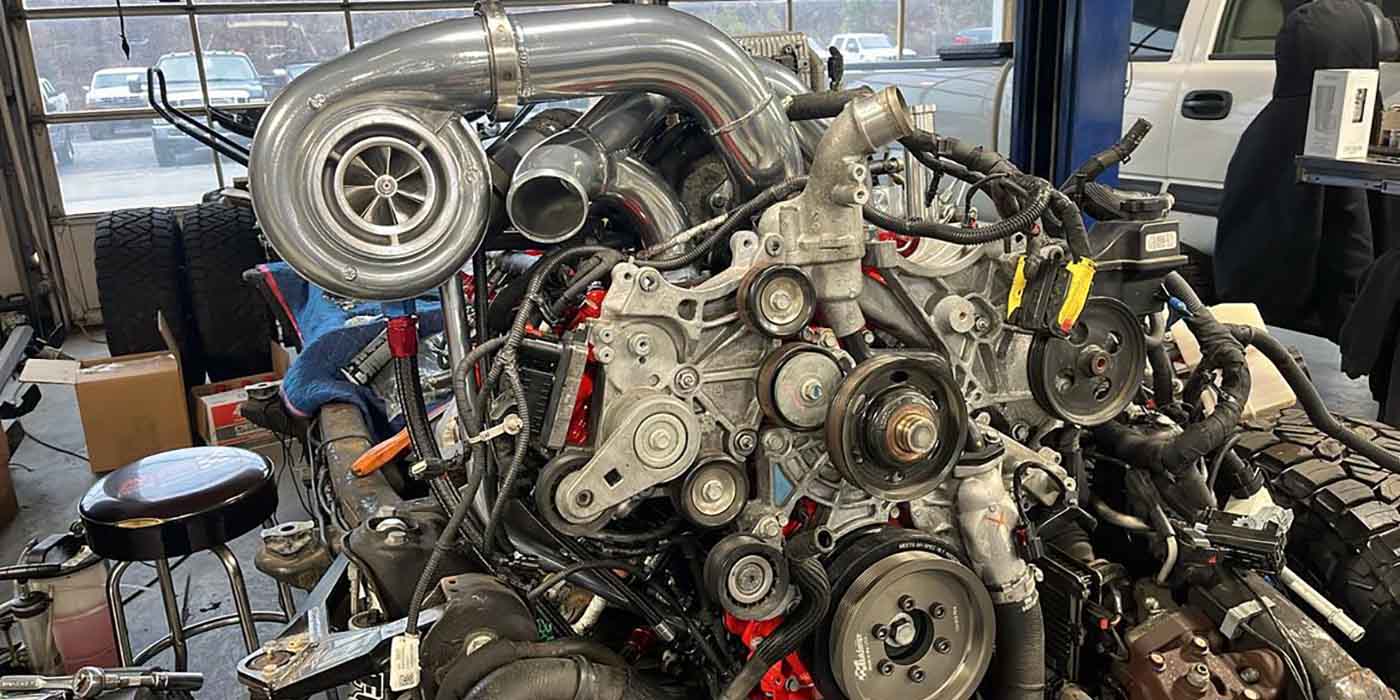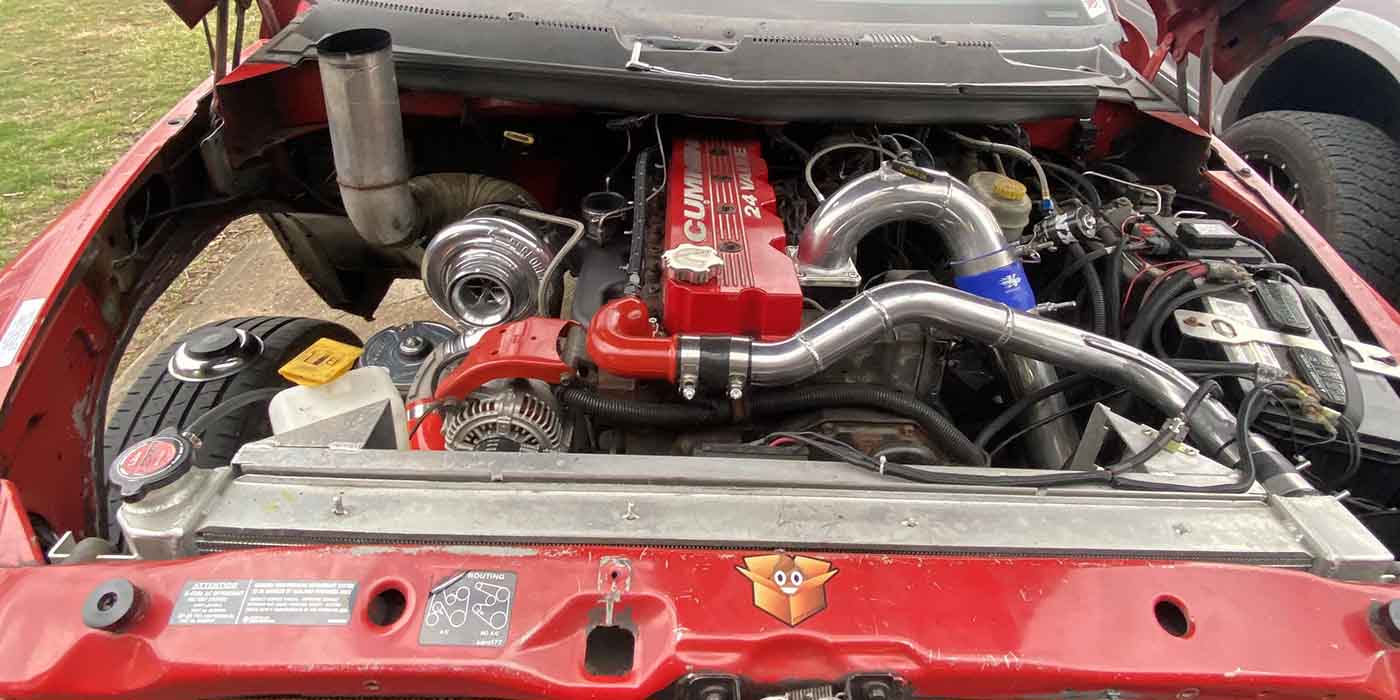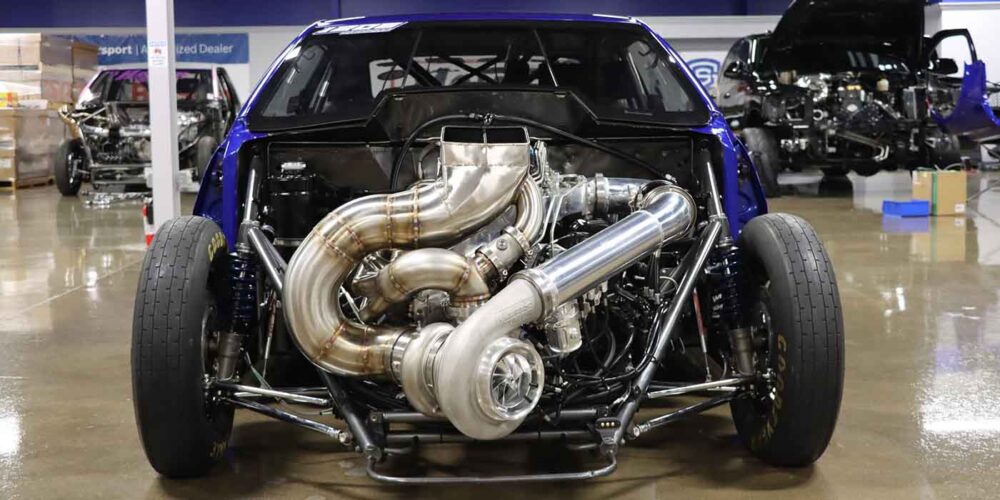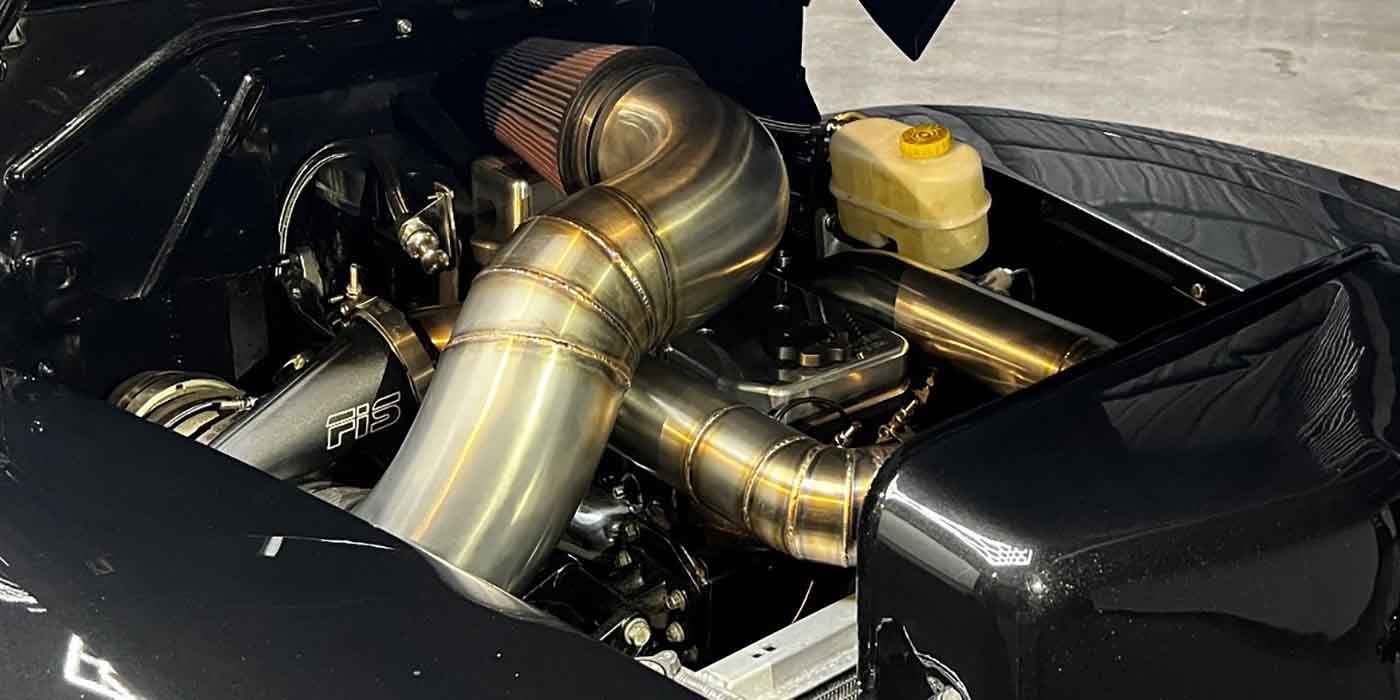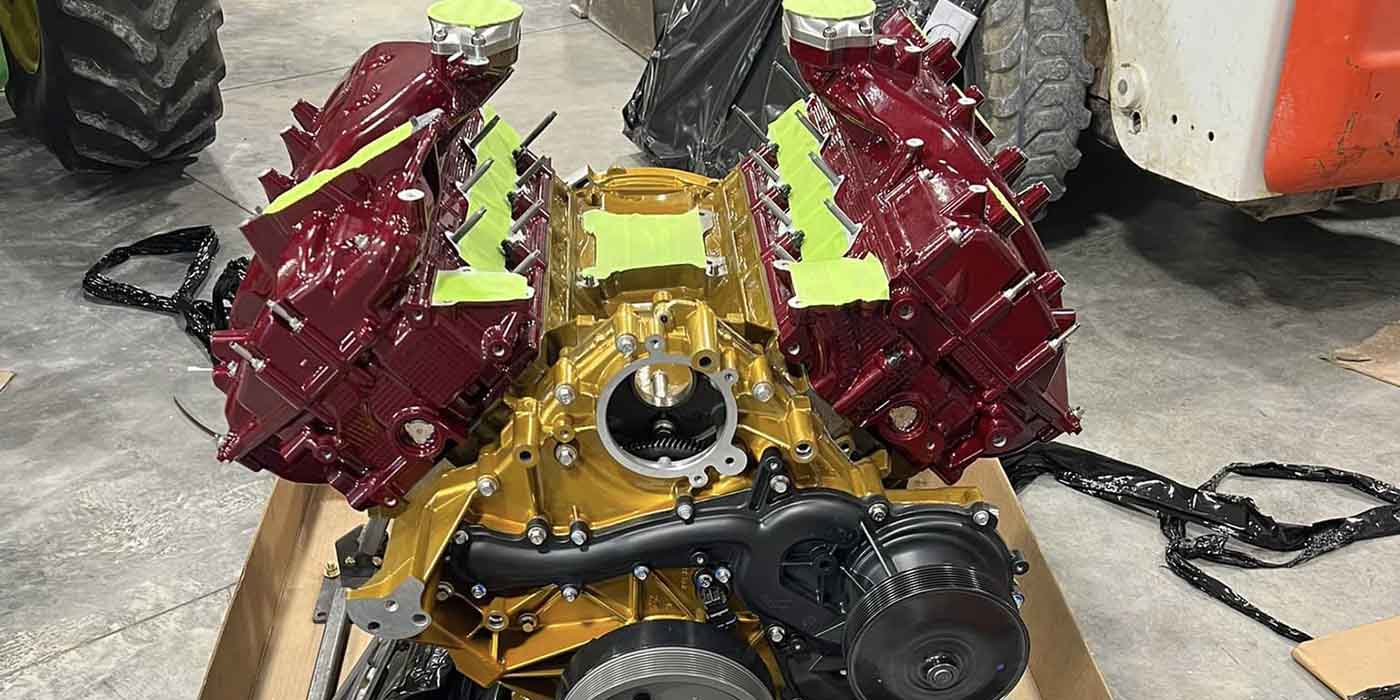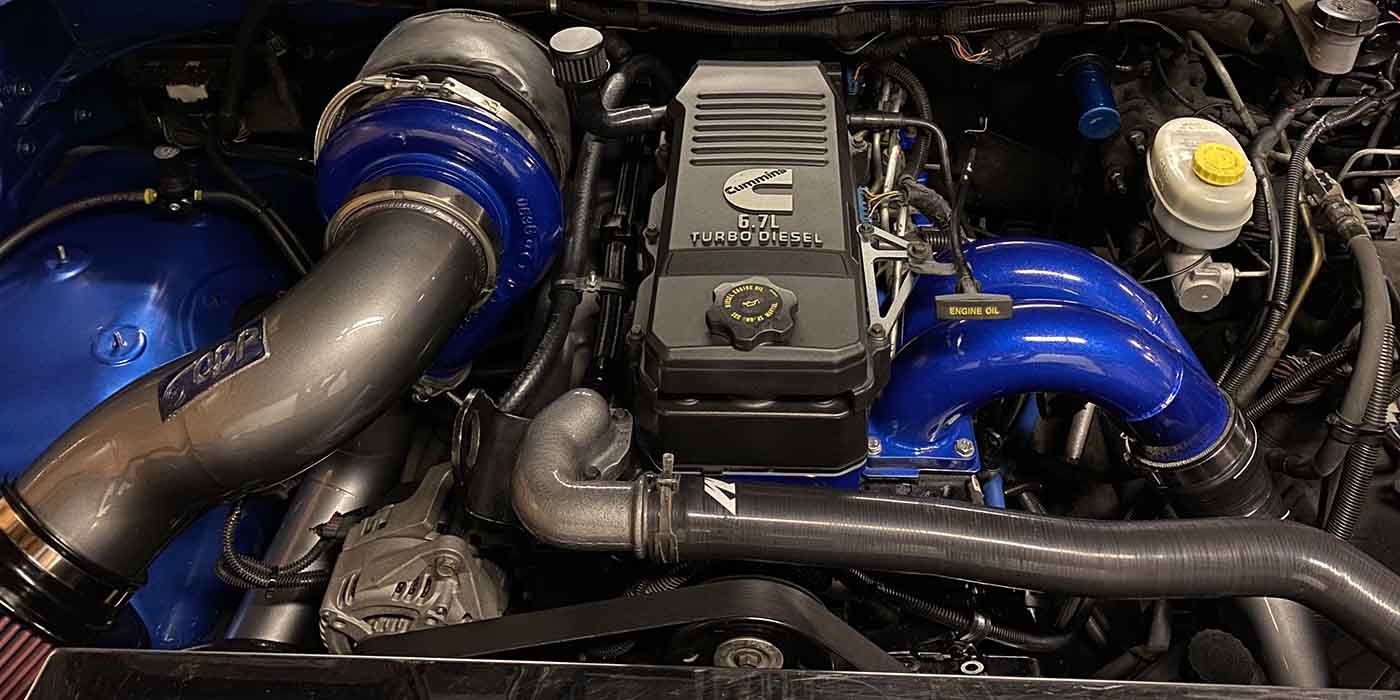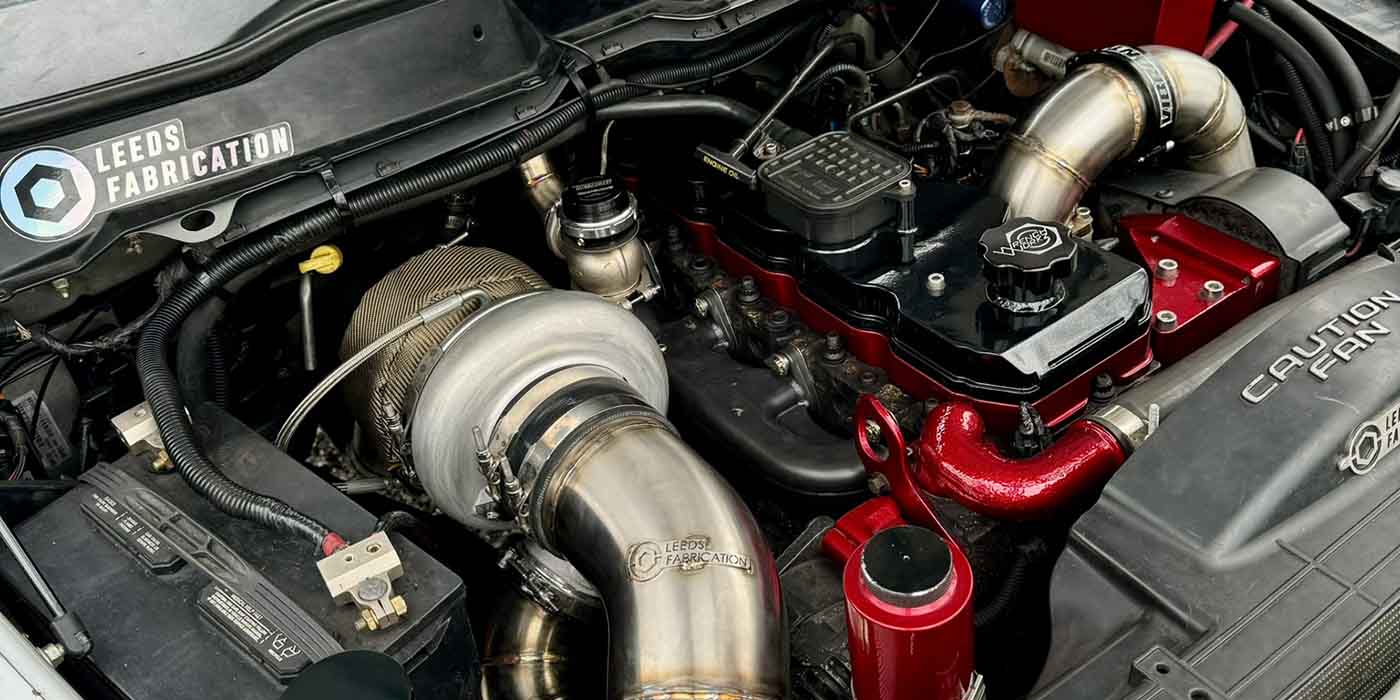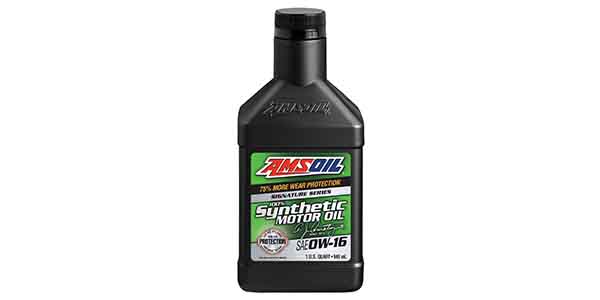Diesel of the Week is presented by

When Gregoire Blachon wants to accomplish something, he goes all out to make it happen. Case in point, the Frenchman is currently at Pike’s Peak for the entire month of June to test his triple-turbo, 4-cylinder, 2.0L, TDI-powered VW Beetle in an attempt to break the 10-minute mark at the 2021 Pike’s Peak International Hill Climb, which takes place on Sunday, June 27.
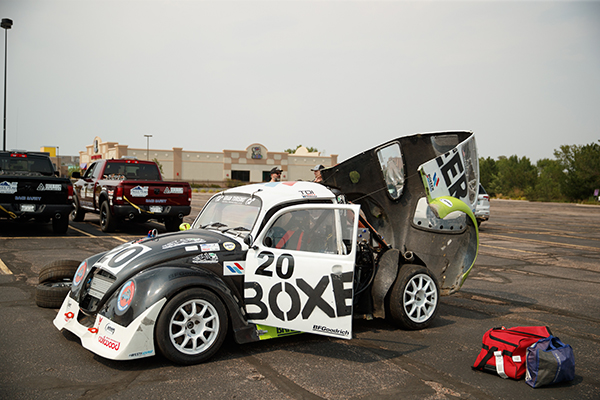
Gregoire owns and operates Boxeer LLC, a manufacturer of high-end common rail conversion kits for TDI engines that also does custom fab work, tuning and parts manufacturing located in Nashville, TN. Gregoire started Boxeer in 2010, but racing and motorsports have been in his blood since birth.
“I grew up in France. My dad was a Group B co-pilot when I was a child for the Renault Factory driver Jean Ragnotti, who is a huge name in Europe,” Blachon says. “My dad passed when I was 10, and after that, pretty much all I had was this book of him being co-pilot for this guy. I was influenced by this to want to drive race cars one day – in a crazy way. I didn’t want to just do autocross or track days, I was interested in races like Pike’s Peak. It had to be intense and crazy.”
Blachon took an early liking to vehicles and engines and learned to wrench on mopeds in the south of France at the age of 14.
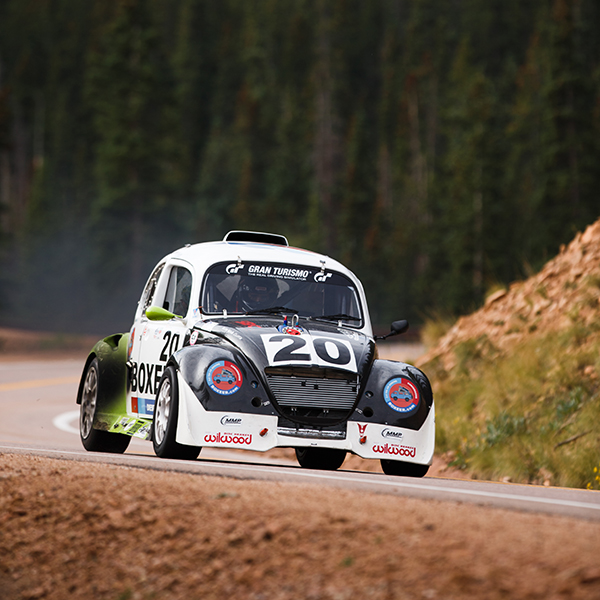
“In the south of France, the only way of transportation is two-stroke mopeds,” he says. “I would work on carbs, pipes, ignition systems, and I would make them rip really fast. As soon as I could get my driving license, I got the Peugeot 205 GTI in France, which is like a really hot version of the little hatchback. I would do track days and little events here and there. It was so much fun. That’s how it started for me.”
Gregoire studied engineering in France and was convinced to come to the U.S. to complete his engineering internship by his then girlfriend – an American studying abroad. He wound up in Nashville, TN and never left. His company, Boxeer, is now 11 years old, and came about as a result of a military project.
“In 2010, I was building a Volkswagen bus for myself,” Blachon says. “It has PDK four-wheel drive and has paddle shifting – it’s completely insane. I was doing this build on my van in 2010 and the military contacted me. They wanted me to order 50 of the engines I was doing. It was a Subaru diesel, which was not commercially available in the U.S.
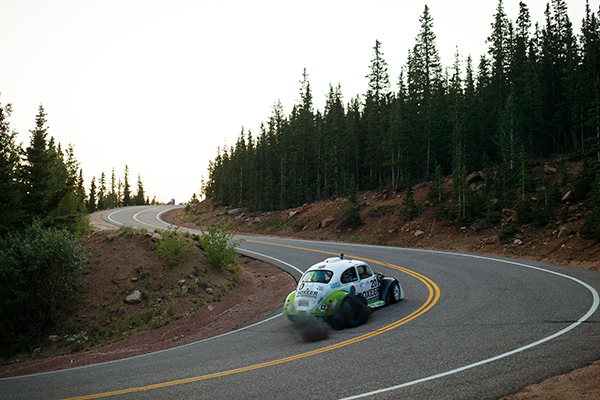
“They had been buying complete cars in Europe, chopping them in half and shipping them over. It was costing them a fortune, like $50,000 per engine or something. I had a hook up with the Subaru factory in Japan, where I could get all those engines pretty much brand new. The military contacted me wanting 50 engines, so overnight I started this company. I flew to Japan and got all those engines for them. It was really fun.”
The Boxeer name came from the Subaru diesel boxer engine and its engine code – EE20. It turned out the URL on GoDaddy.com was available for $2, so Blachon went with it.
“From there, I started making harnesses, custom racing ECUs and standalone systems,” he says. “I was able to tool up with some pretty crazy tooling such as combustion analyzers with in-cylinder pressure and I’ve been cranking out a ton of engines.
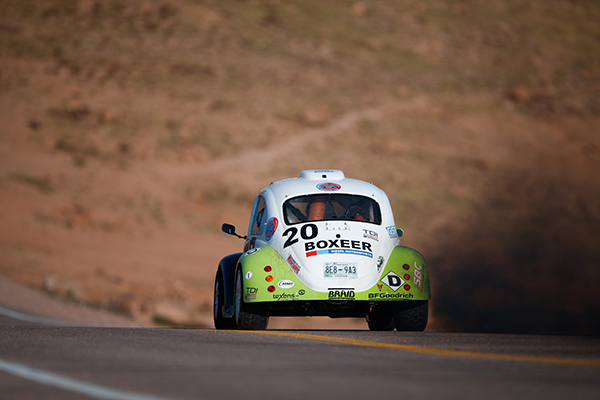
“The military deal was just a one-time deal. I gave them all the engines they wanted for the program and then it just stopped, but it gave me the funds to buy a bunch of extra engines, which I was selling to finish the Volkswagen bus. I created a full swap kit for the van, which was the first water-cooled ‘83-‘91. They are called Vanagons. It’s a very niche market, but people order my kits like crazy.
“I did the Subaru diesel for five years, but stopped when they went out of production and there was no more supply. I’ve since swapped to the 4-cylinder TDI, and now it’s even more crazy. It’s just myself and one other guy. Sometimes, we get a third guy when we need him. For the most part, we are just two people working really hard.”
Part of that hard work has included Gregoire’s own race car – a VW Bug with a 2.0L TDI VW engine. He started competing at the Pike’s Peak International Hill Climb in 2018.
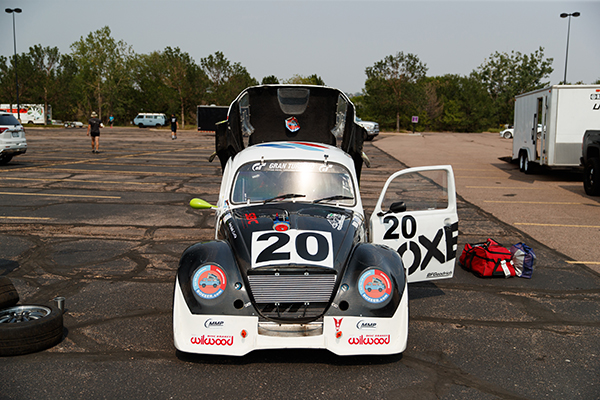
“Originally, this is a race car from Europe,” he says. “It competed in the VW Fun Cup. In 2008, Fun Cup wanted to bring their racing to the USA, so they brought the car and the full production molds to California. They tried their best to make it happen, but the economy crashed and took everything down. The car and the molds were in a warehouse for six or seven years until I bought everything. I bought the car. I bought the production molds. Now, I have my own molds. I make my own tube chassis jigs, control arms, everything.
“At this point, we’re manufacturing our own parts and our own chassis. It started with getting the car from them because it was a mid-engine and I wanted a mid-engine TDI. The concept was nice and we just had to do a few things to it.”
According to Blachon, the common rail TDI in bone stock form can make 240 horse and 350 ft.-lbs. of torque. It comes with ARP bolts and is loaded with race-quality components. The head is ported from the factory and is capable of very good airflow. It also comes with CP4.2 pumps and a bigger cam set. It’s essentially a factory race engine.
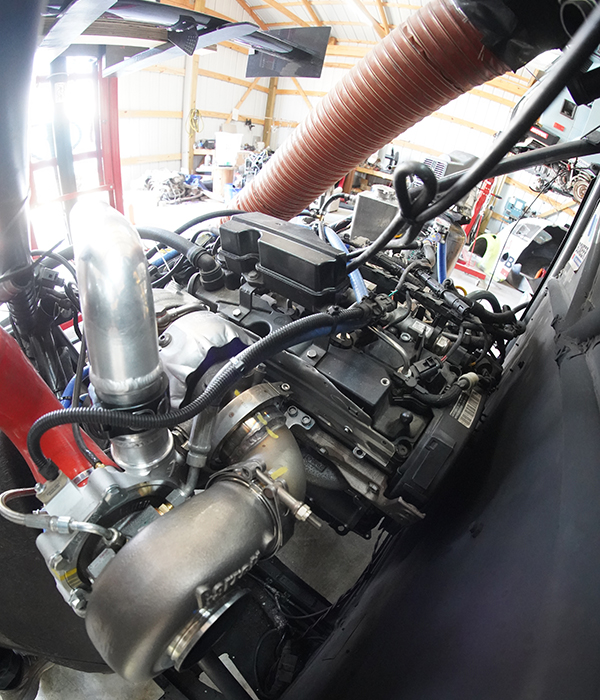
“My engine was a 2012 from the LKQ junkyard,” he says. “It turns out the Boxer five-speed transmission bolts to the TDI. I put this set up in my Bug as a mid-engine with an upgraded VGT Garrett 2260 turbo that they use on the V6 TDI.
“We took the car to Pike’s Peak in 2018, and the single turbo kept blowing up. When you have the same amount of boost at altitude, the turbo spins much faster. Instead of spinning at 180K, which is the limit, it was spinning at 220K-240K, so we blew up turbo after turbo. We knew we had to do something different, so we turned down the boost from 30 psi to 27 psi.
“The second year at Pike’s Peak in 2019, we went back with a single turbo again, but it had better tuning. We spent a lot of time tuning and understanding the altitude issues. Scott Birdsall from Chuckles Garage [who has a 1949 Ford F1 with a twin-turbo 6.7L Cummins] told me, ‘You’ve got to stop messing with this little single turbo. You’ve got to do compounds.’ That was my last year using single turbos.
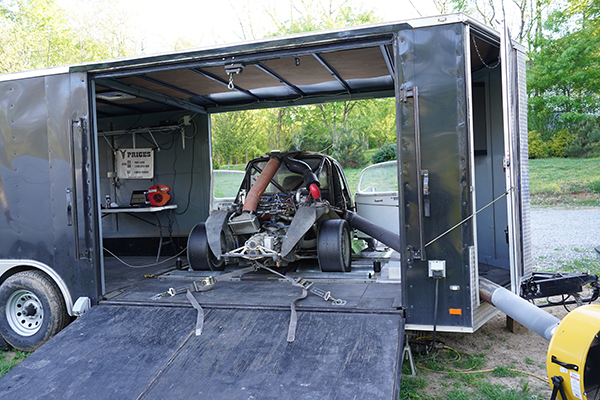
“In 2020, I showed up with compound turbos and I finished my run just 1-second behind Scottie and his Old Smokey F1. I lost my brakes for 2 minutes and 45 seconds of the race. For that amount of time, I was not able to press on the brakes or accelerate. Turns out, after the race, I learned you have to run the 660 brake fluid.
“We ran the course in 11:25, despite the brake issue, so that 1 second we lost by wouldn’t have been close otherwise. The compound turbos were OK, but we still couldn’t build the pressure we wanted. That’s why this year, we went to a triple-turbo setup.
“The first turbo is completely bypassed after 3,000 rpm. Only the second and third, which have huge intakes and large diameter everything, function as a compound setup after that. It provides a lot more flow. I always have a turbo spooling over 100K at any time. By having three turbos, my tiny turbo idles at almost 100K. As soon as I touch the pedal, it gives me like 120K rpm or more, so I have instant boost. I have 45 lbs. of boost at 1,500 rpm. We run 60-lbs. of boost beyond 3,000 rpm.”
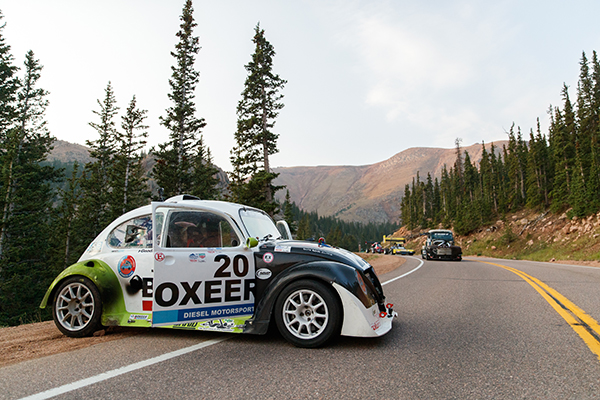
Gregoire’s three turbos are 28mm, 44mm and 54mm. The two smaller turbos are BorgWarners, while the large turbo is a Garrett. They’re all water-cooled, have turbo speed sensors and ball bearings. They also use Turbosmart wastegates and run on a closed-loop system, so Blachon’s ECU controls the speed of the turbos.
In fact, Gregoire says he only uses the smallest of the three turbos in roughly five instances during the Pike’s Peak race, which are all during hairpin turns where it’s necessary to slow down into first gear.
“If you only have compounds and the things start to spool at 2,500, 2,800 or 3,200 rpm, those hairpins put you down to 1,000-1,400 rpm,” he says. “You’re almost stopped on those hairpin turns. When you press the pedal, it takes you 2 seconds to build boost with the compounds. With the triple turbos, it’s almost faster than I want it. It’s instant and it’s always there. I can get out of those turns like crazy.”
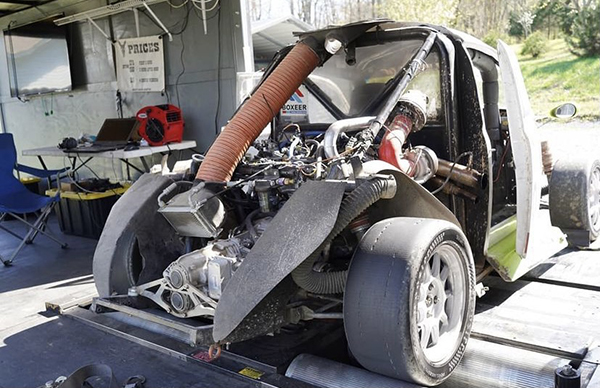
Aside from the triple-turbo setup and a 2.0L TDI engine that comes race ready, Blachon’s TDI also employs high-flow injectors, a 100-psi fuel pump from Fuelab and a racing ECU that’s a standalone racing system of Boxeer’s own brand.
“It’s a serious system,” he says. “With some minimal mods, we are at 420 horse and 530 ft.-lbs. of torque, which is completely crazy for a 2.0L engine. We’re pushing a lot of boost in there and using the larger injectors. We haven’t found the limit, but we are trying to increase the flow to reduce cylinder pressure, because we’re getting pretty high in-cylinder pressure. This is why we are only touching the injectors and we don’t know yet if it’s going to help.
“We have a combustion analyzer, which is a PCA-2000 from Plex Tuning, and we have this in the car all the time to record cylinder pressure as we drive. It’s been recording 106 hp per cylinder.”
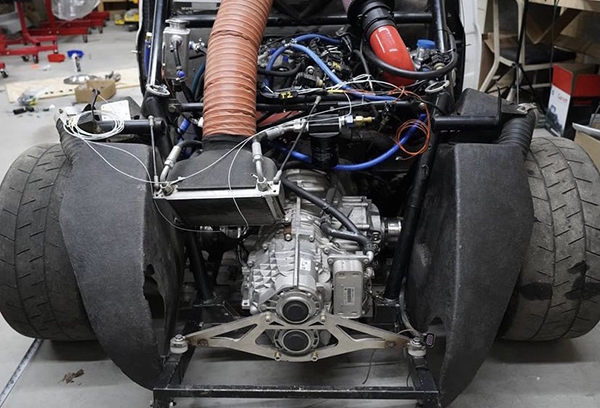
The transmission in the VW Bug has also been upgraded to a dual clutch, 7-speed PDK transmission with 50-millisecond shifting. Blachon turned to HTG Tuning in Poland for the PDK controller, which shifts the gears for the PDK.
“We don’t use the torque band much because we stay at high rpm, but we have enough torque to bust the PDK components, which we have done,” he says. “We exploded the PDK hub that links the engine to the transmission. The guys on the PDK forums cannot believe it, but we make way more power and torque than the Cayman.”
With Gregoire’s best 2.0L TDI set up to date, he is currently at Pike’s Peak fine-tuning the triple-turbo car in an effort to set new records for a diesel at the Race to the Clouds. Gregoire has even considered what time of day offers the best conditions on the mountain.
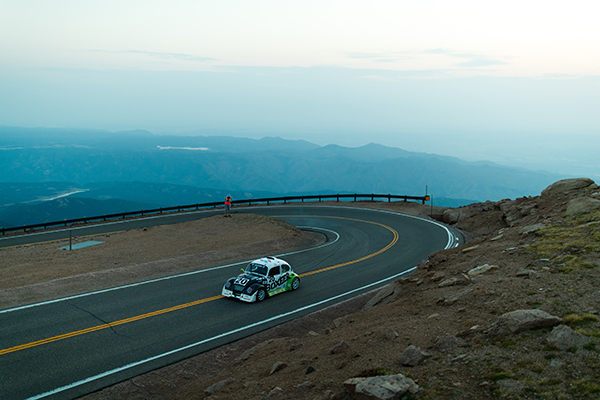
“At Pike’s Peak they have a few different classes, but certain classes start a lot later in the day,” Blachon says. “Pike’s Peak is clear in the morning and at 11am you have a hailstorm every day. We decided whatever class we entered we were looking for the diesel record. The earliest class to race Pike’s Peak is the Exhibition class. The Exhibition class allows you to start first. Now I know I’m going to leave at 8:00am sharp and we’ll have blue sky, but quite a few talented people are also running in that class.”
Despite some tough competition, Gregoire has high hopes for his triple-turbo 4-cylinder 2.0L TDI engine to perform well. He finished Pike’s Peak in 2020 with a time of 11:25 and is now targeting low-10 minutes or possibly less!
“I’m expecting to be able to run Pike’s Peak in 10:10,” he says. “I will do all I can to go below 10 minutes – 9:59 will be amazing, but I’ll say 10:10-10:20. If I’m over 10:20, that would be disappointing because with the performance of the car, all the things we sorted out, all the data we acquired, and the brakes we were missing for 2 minutes and 45 seconds – we’re really hoping to get into those numbers. Being in the 9-minute club would be my dream. Getting 10 minutes would also be amazing.
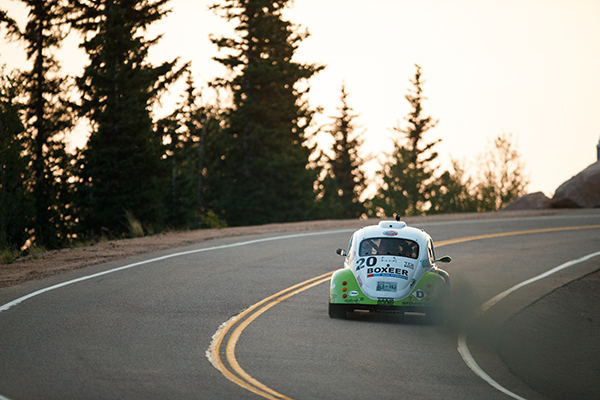
“We’ve got so much money right now in the car and the crew and the set up. I sacrificed this whole month of June to do Pike’s Peak. If I do this, it’s for something. I don’t do this to mess around.” Amen to that!
Diesel of the Week is sponsored by AMSOIL. If you have an engine you’d like to highlight in this series, please email Engine Builder Editor Greg Jones at [email protected].

